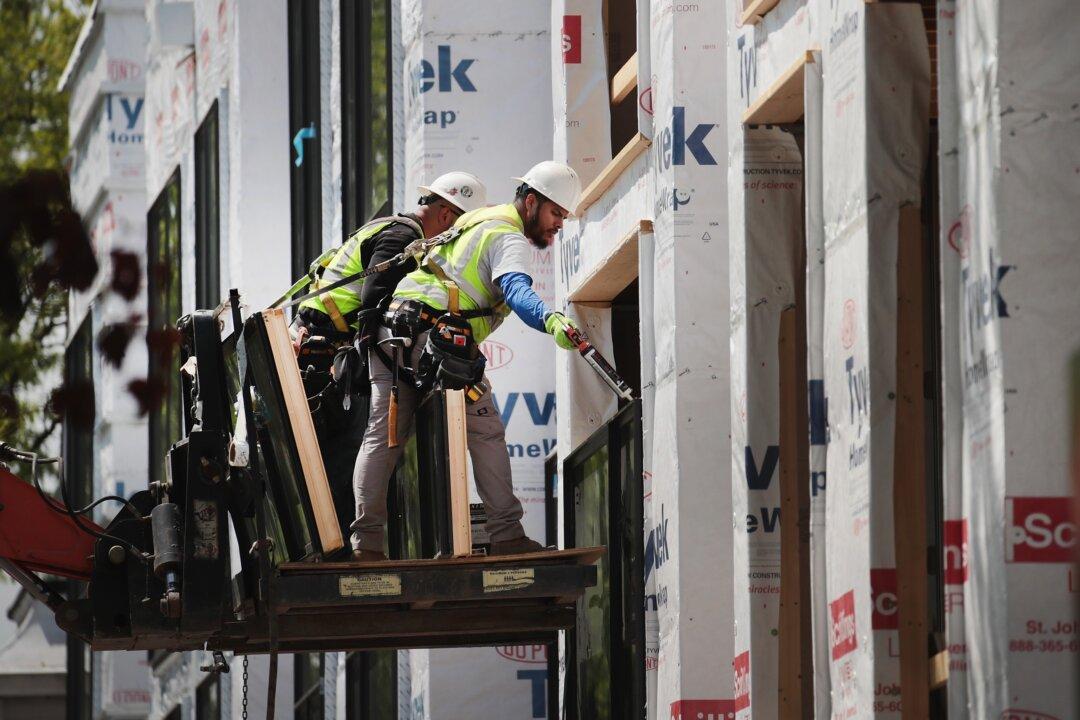Hispanic unemployment dropped to 4.6 percent in June, the lowest level since the Bureau of Labor Statistics (BLS) started recording the data in 1973.
The number has oscillated around the 5 percent mark for over a year, but this was the first time it broke the previous record of 4.8 percent.





